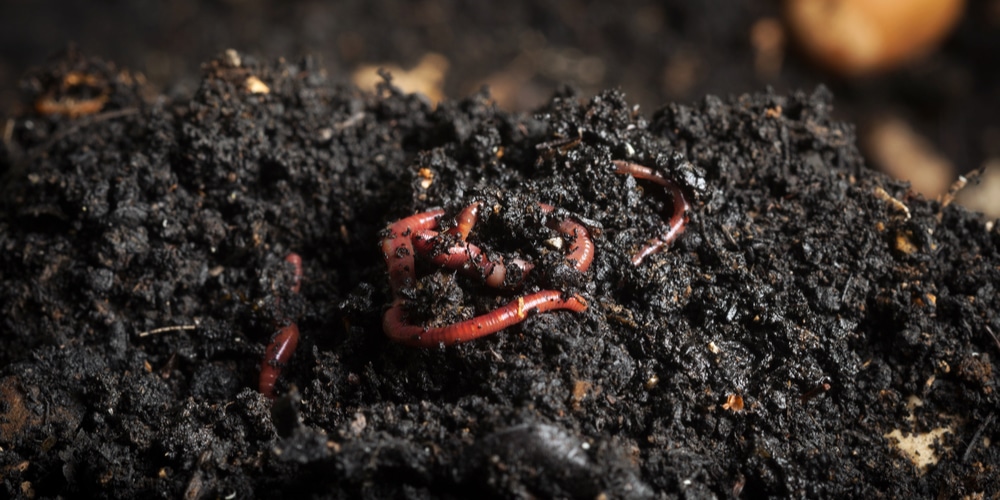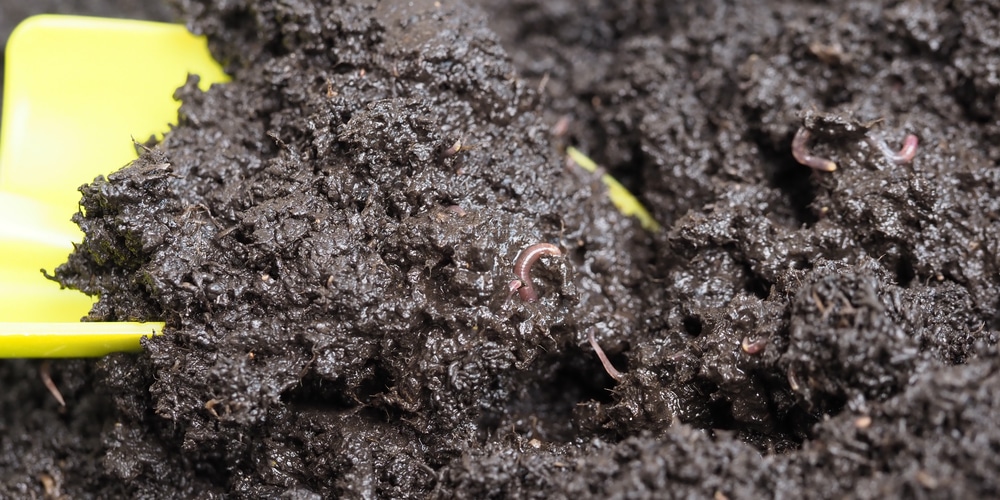There are around one million species of worms on Earth. Thankfully, if you find worms in your potted plants, you don’t have much to worry about. While you can find some harmful worms in your plants, it’s normal for potted plants to attract bugs and worms. Don’t stress if you find them. Instead, you should try to identify what you’re dealing with first.
Types of Worms You May Find in Your Potted Plants
There’s a variety of things you’ll find in our plants, but here are some common worms to find.
Red Wigglers

Red wigglers are likely what you picture when you think of worms. You may find red wigglers in your compost bin along with your potted plants. These worms are highly efficient at breaking down decaying organic material, and they are great for the soil. Red wigglers are around two to three inches long and can range in color from pink to dark red.
Pot Worms
Pot worms are tiny, white worms that you may see in the soil of your potted plants. These worms live in large populations when they have good living conditions. They can range anywhere from a few millimeters to a few centimeters long.
Grub Worms
While grub worms aren’t real worms, people often refer to them as worms. They are actually beetle larvae. Adult beetles lay their eggs in the soil, and when they hatch, you’ll see the grub worms. Grub worms can vary in size depending on many factors. Typically, they get up to two inches long.
What Else Might You Find in Your Potted Plants?
You may also see millipedes if the soil is especially damp. These aren’t worms, though they may get referred to as such. Millipedes are typically dark colors. They are worm-like arthropods with a lot of legs. Depending on the species, they can range anywhere from a few inches to a foot long.
Are Worms in Potted Plants Bad?
Typically, no. Red wigglers and pot worms have an essential role in the ecosystem, and their impact on the soil is likely very beneficial to your plants. However, grub worms are a different story.
Grub worms will feed on the roots of your plants and may even expose them to disease. You will have to take control measures if you spot them in any of your potted plants.
Unlike centipedes, millipedes don’t bite or sting, so you have nothing to worry about aside from catching sight of these creepy crawlies. If you have enough lurking in your plants or garden, they can become a nuisance. They are beneficial to your garden, playing a similar role to red wigglers.
What To Do About Worms in Potted Plants?
You don’t need to do anything about red wigglers or pot worms living in your plants unless their populations grow too large. Both are beneficial, and you can leave them alone. You may need to take action if they overpopulate the plant’s pot.
When there are unwanted worms in your potted plants, you likely need to remove the plant and discard all of the soil in use. Replace it in the pot, and make sure you remove all of the soil from the plant’s roots. Make sure no worms are left behind.
Once you repot your plant with new soil, keep an eye out for more worms. You may have to take further action. Be careful, though, because repotting can stress your plant too much. A stressful repotting can lead to a number of problems, including illness and death.
Final Thoughts
Worms in your potted plants typically aren’t something you need to worry about. Keep an eye on red wiggler and pot worm populations to ensure they aren’t growing too large for the space. If you have a more problematic pest like grub worms, make sure to take action as soon as possible to prevent harm to your plants.
